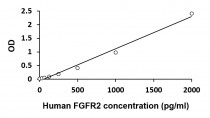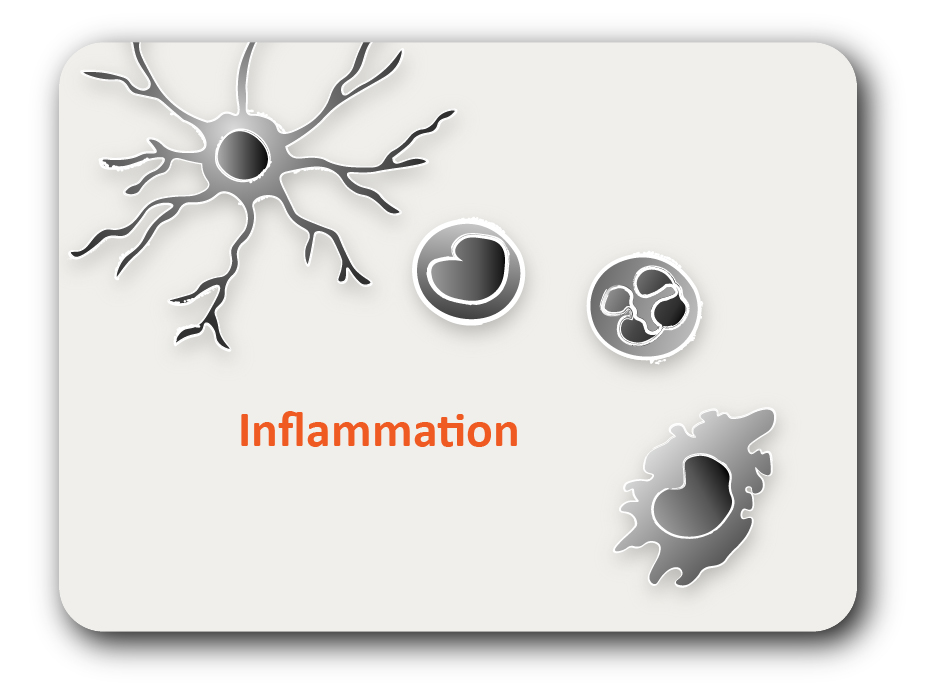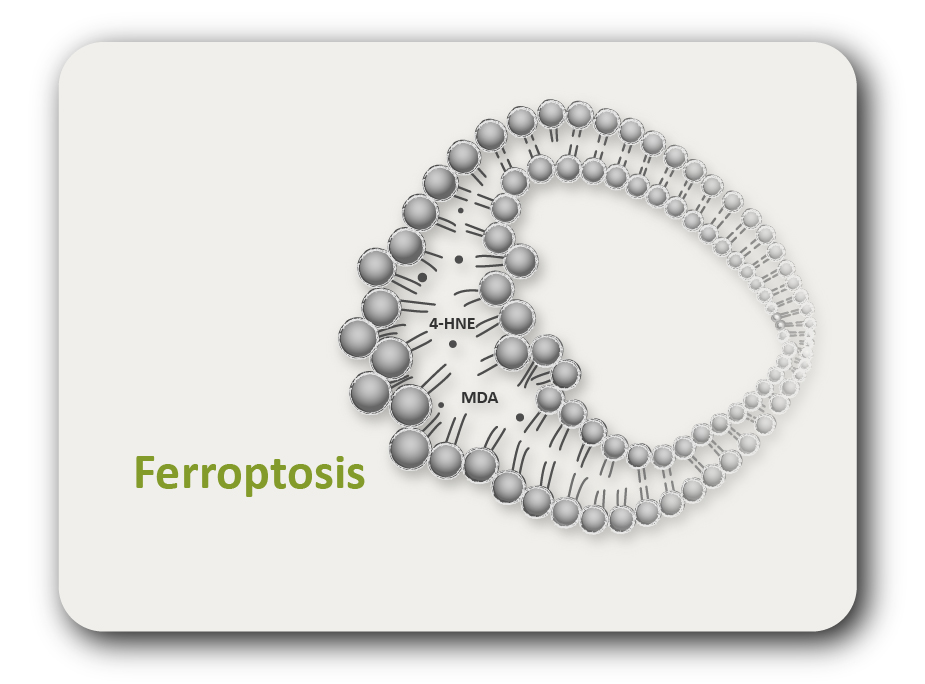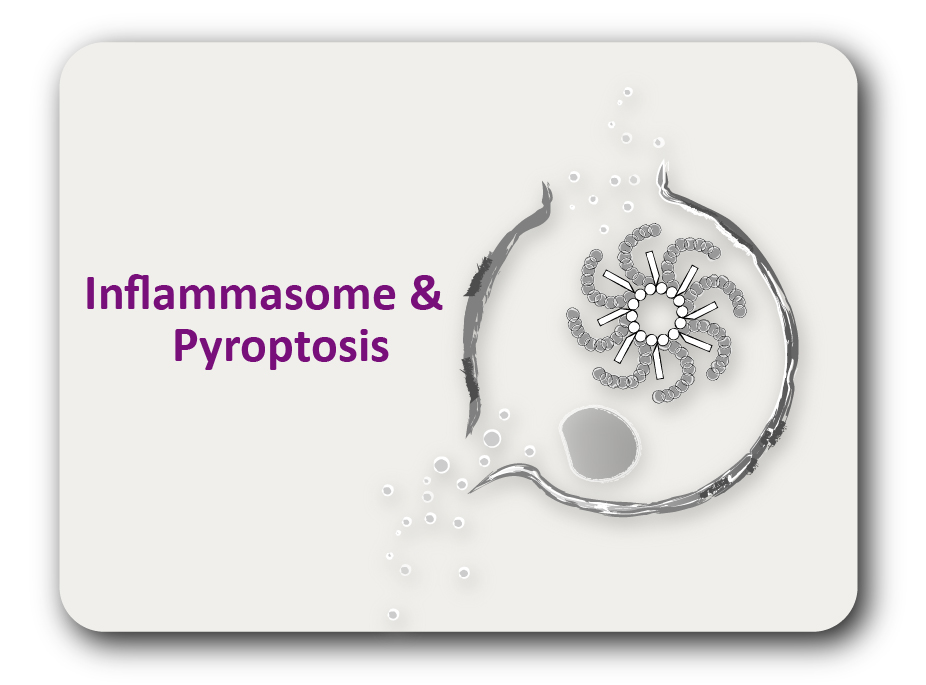ARG82606
Human FGFR2 ELISA Kit
Human FGFR2 ELISA 试剂盒 for ELISA and Human
概述
| 产品描述 | ARG82606 Human FGFR2 ELISA Kit is an Enzyme Immunoassay kit for the quantification of Human FGFR2 in serum, plasma and cell culture supernatants. |
|---|---|
| 反应物种 | Hu |
| 应用 | ELISA |
| 特异性 | This kit could assay both natural and recombinant Human FGFR2. No significant cross-reactivity or interference was observed in the following samples: Human: IFN gamma, IL1 beta, IL2, IL4, IL5, IL6, IL8, IL10, IL12, IL17A, IL18, IL21, IL22, IL23, MCP1, TGF beta 1, TNF alpha and VEGF. Mouse: GM-CSF, IFN gamma, IL1 beta, IL2, IL4, IL6, IL10, IL17A and TNF alpha. Rat: IFN gamma, IL1 beta, IL4, IL6, IL10 and TNF alpha. |
| 靶点名称 | FGFR2 |
| 偶联标记 | HRP |
| 偶联标记说明 | Substrate: TMB and read at 450 nm. |
| 灵敏度 | 15.7 pg/ml |
| 样品类型 | Serum, plasma and cell culture supernatants. |
| 标准范围 | 31.3 - 2000 pg/ml |
| 样本量 | 50 µl |
| 精确 | Intra-Assay CV: 5.3% Inter-Assay CV: 6.0% |
| 別名 | CD antigen CD332; BEK; Keratinocyte growth factor receptor; K-SAM; ECT1; FGFR-2; KGFR; JWS; TK14; CFD1; BBDS; TK25; K-sam; CEK3; Fibroblast growth factor receptor 2; EC 2.7.10.1; CD332; BFR-1 |
应用说明
| 检测时间 | ~ 2.5 hours |
|---|
属性
| 形式 | 96 well |
|---|---|
| 存放说明 | Store the kit at 2-8°C. Keep microplate wells sealed in a dry bag with desiccants. Do not expose test reagents to heat, sun or strong light during storage and usage. Please refer to the product user manual for detail temperatures of the components. |
| 注意事项 | For laboratory research only, not for drug, diagnostic or other use. |
生物信息
| 数据库连接 |
Swiss-port # P21802 Human Fibroblast growth factor receptor 2 |
|---|---|
| 基因名称 | FGFR2 |
| 全名 | fibroblast growth factor receptor 2 |
| 背景介绍 | The protein encoded by this gene is a member of the fibroblast growth factor receptor family, where amino acid sequence is highly conserved between members and throughout evolution. FGFR family members differ from one another in their ligand affinities and tissue distribution. A full-length representative protein consists of an extracellular region, composed of three immunoglobulin-like domains, a single hydrophobic membrane-spanning segment and a cytoplasmic tyrosine kinase domain. The extracellular portion of the protein interacts with fibroblast growth factors, setting in motion a cascade of downstream signals, ultimately influencing mitogenesis and differentiation. This particular family member is a high-affinity receptor for acidic, basic and/or keratinocyte growth factor, depending on the isoform. Mutations in this gene are associated with Crouzon syndrome, Pfeiffer syndrome, Craniosynostosis, Apert syndrome, Jackson-Weiss syndrome, Beare-Stevenson cutis gyrata syndrome, Saethre-Chotzen syndrome, and syndromic craniosynostosis. Multiple alternatively spliced transcript variants encoding different isoforms have been noted for this gene. [provided by RefSeq, Jan 2009] |
| 生物功能 | Tyrosine-protein kinase that acts as cell-surface receptor for fibroblast growth factors and plays an essential role in the regulation of cell proliferation, differentiation, migration and apoptosis, and in the regulation of embryonic development. Required for normal embryonic patterning, trophoblast function, limb bud development, lung morphogenesis, osteogenesis and skin development. Plays an essential role in the regulation of osteoblast differentiation, proliferation and apoptosis, and is required for normal skeleton development. Promotes cell proliferation in keratinocytes and immature osteoblasts, but promotes apoptosis in differentiated osteoblasts. Phosphorylates PLCG1, FRS2 and PAK4. Ligand binding leads to the activation of several signaling cascades. Activation of PLCG1 leads to the production of the cellular signaling molecules diacylglycerol and inositol 1,4,5-trisphosphate. Phosphorylation of FRS2 triggers recruitment of GRB2, GAB1, PIK3R1 and SOS1, and mediates activation of RAS, MAPK1/ERK2, MAPK3/ERK1 and the MAP kinase signaling pathway, as well as of the AKT1 signaling pathway. FGFR2 signaling is down-regulated by ubiquitination, internalization and degradation. Mutations that lead to constitutive kinase activation or impair normal FGFR2 maturation, internalization and degradation lead to aberrant signaling. Over-expressed FGFR2 promotes activation of STAT1. [UniProt] |
| 细胞定位 | Cell membrane. Golgi apparatus. Cytoplasmic vesicle. Note=Detected on osteoblast plasma membrane lipid rafts. After ligand binding, the activated receptor is rapidly internalized and degraded. Isoform 1: Cell membrane; Single-pass type I membrane protein. Note=After ligand binding, the activated receptor is rapidly internalized and degraded. Isoform 3: Cell membrane. Note=After ligand binding, the activated receptor is rapidly internalized and degraded. Isoform 14 and 19: Secreted. [UniProt] |
| 产品亮点 | Related products: FGFR2 antibodies; FGFR2 ELISA Kits; New ELISA data calculation tool: Simplify the ELISA analysis by GainData |
| 翻译后修饰 | Autophosphorylated. Binding of FGF family members together with heparan sulfate proteoglycan or heparin promotes receptor dimerization and autophosphorylation on several tyrosine residues. Autophosphorylation occurs in trans between the two FGFR molecules present in the dimer. Phosphorylation at Tyr-769 is essential for interaction with PLCG1. N-glycosylated in the endoplasmic reticulum. The N-glycan chains undergo further maturation to an Endo H-resistant form in the Golgi apparatus. Ubiquitinated. FGFR2 is rapidly ubiquitinated after autophosphorylation, leading to internalization and degradation. Subject to degradation both in lysosomes and by the proteasome. [UniProt] |
检测图片 (1) Click the Picture to Zoom In
| Title | Download Link |
|---|---|
| ARG82606 Human FGFR2 ELISA Kit User manual |
 Download Download
|






